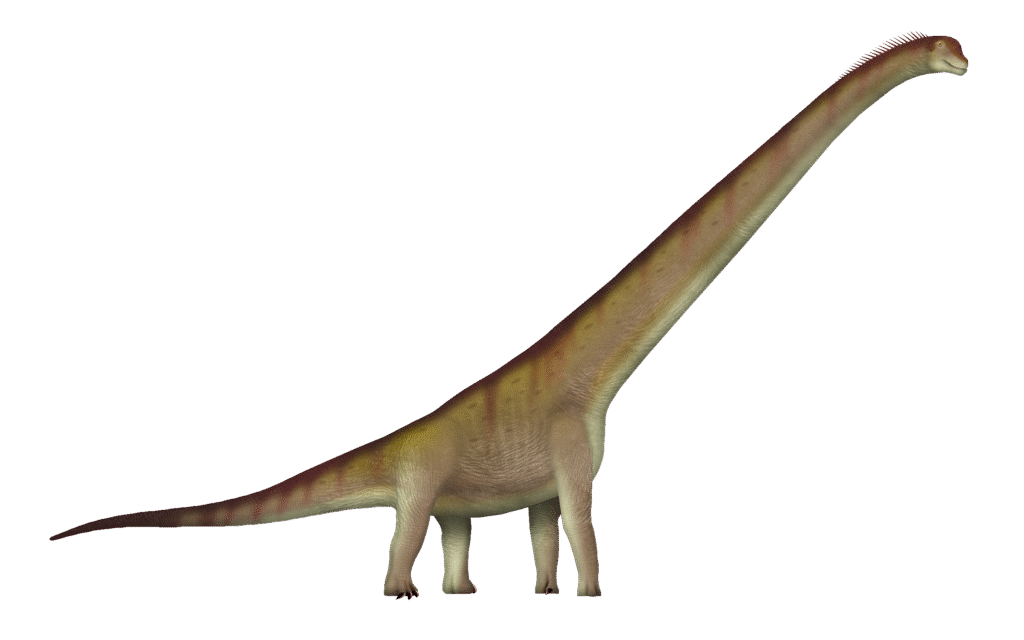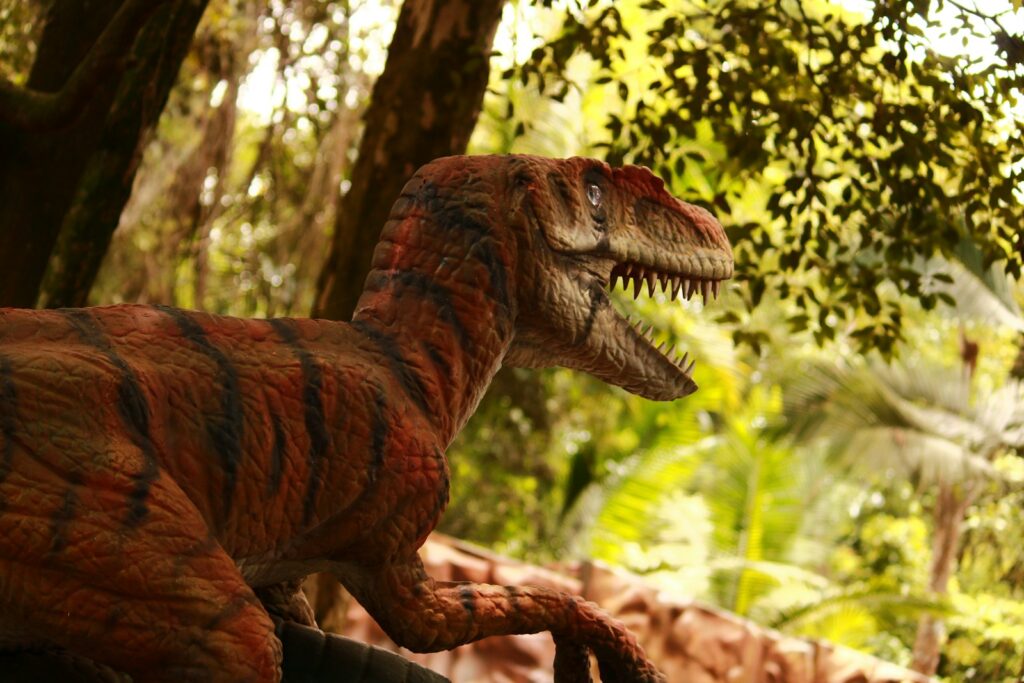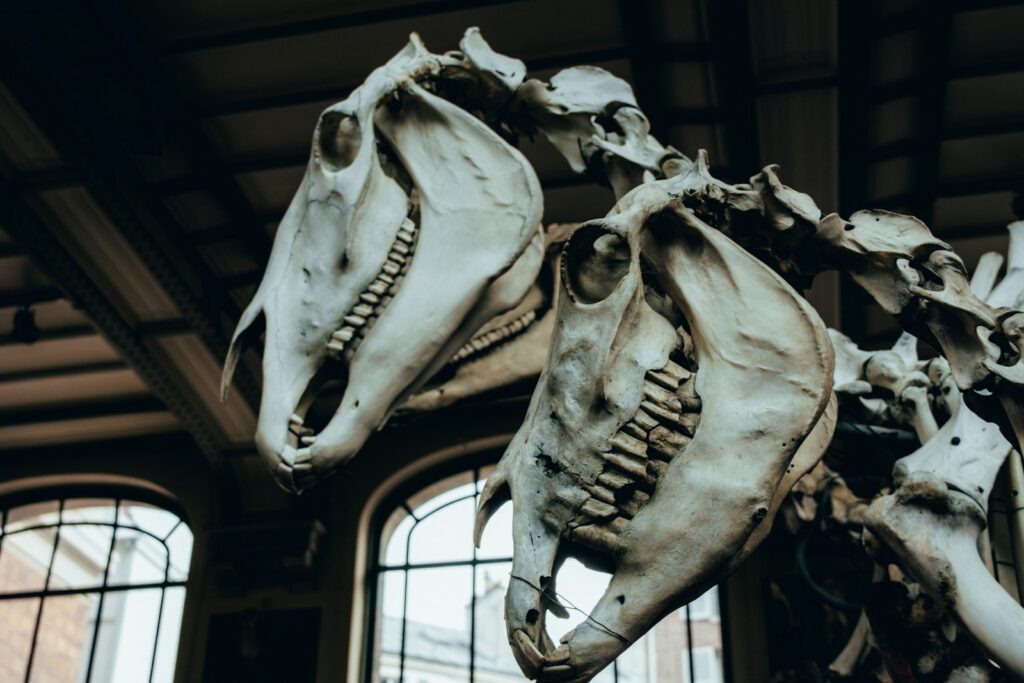The prehistoric world was dominated by dinosaurs for over 165 million years, creatures whose physical characteristics continue to fascinate scientists and the public alike. Among the most intriguing aspects of dinosaur anatomy is the relationship between their sensory organs and their cognitive capabilities, specifically, how their eyeballs compared to their brains in size. This comparison provides valuable insights into dinosaur behavior, ecological adaptations, and evolutionary development. By examining fossil evidence and using comparative anatomy with modern relatives, paleontologists have made remarkable discoveries about dinosaur vision and intelligence that challenge our understanding of these ancient creatures.
The Science Behind Dinosaur Brain and Eye Measurements

Determining the size of dinosaur brains and eyeballs presents significant scientific challenges that researchers have tackled through various methods. Since soft tissues rarely fossilize, scientists rely on endocasts—natural or artificial casts of the brain cavity—to estimate brain size and shape. For eye measurements, the sclerotic rings (bony rings that supported the eyeball in many dinosaur species) and the orbital cavities in skulls provide crucial dimensional data. Comparative studies with living relatives like birds and crocodilians also help fill knowledge gaps. Advanced technologies such as CT scanning have revolutionized this field, allowing researchers to create detailed three-dimensional models of dinosaur skulls and infer soft tissue structures with unprecedented accuracy. These combined approaches have yielded fascinating insights into the sensory capabilities of these prehistoric animals.
The Eye-to-Brain Ratio Phenomenon
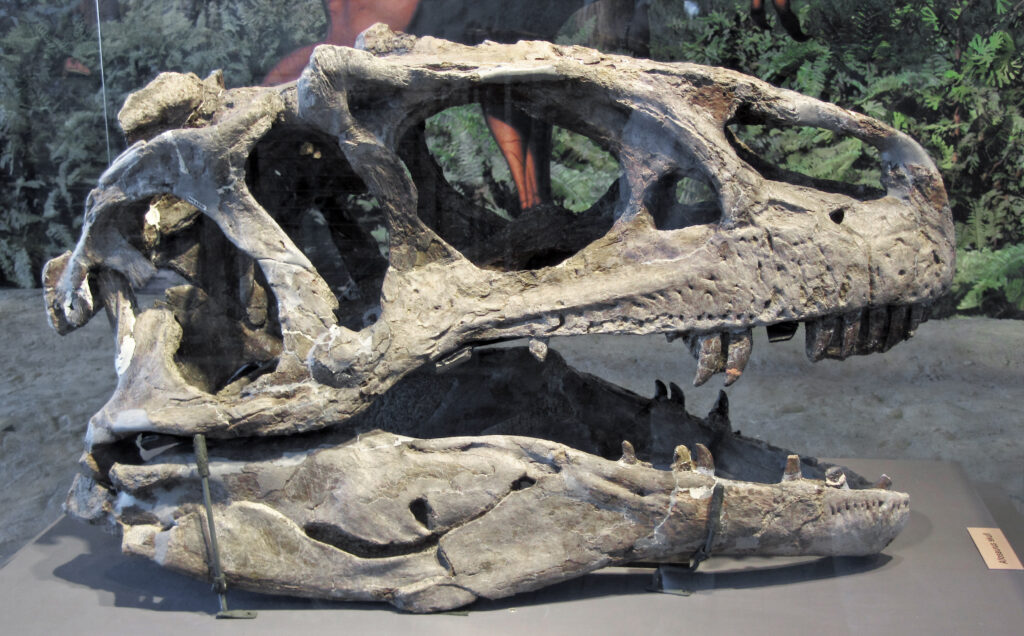
One of the most surprising discoveries in dinosaur paleontology is the disproportionate ratio between eye and brain size in many dinosaur species. Unlike mammals, where brain size typically scales proportionally with eye size, many dinosaurs had eyeballs that were remarkably large compared to their brain volume. This distinctive characteristic varies significantly across different dinosaur lineages but represents a common pattern, especially among large-bodied species. In some theropods, the eyeball could be nearly as large as the entire brain, while certain herbivorous dinosaurs had eyes that comprised a substantial percentage of their head volume despite having relatively small brains. This unusual proportion raises fascinating questions about sensory prioritization in dinosaur evolution and challenges our mammal-centric assumptions about the relationship between sensory organs and neural processing capabilities.
Theropod Dinosaurs: Predators with Powerful Vision

Carnivorous theropod dinosaurs like Tyrannosaurus rex and Velociraptor exhibited some of the most striking eye-to-brain proportions among dinosaurs. T. rex, for instance, possessed eyes approximately the size of oranges—roughly 3 inches (7.6 cm) in diameter—while its brain, though large by dinosaur standards, wasn’t proportionally massive. Studies suggest that in some medium-sized theropods, the eyeball could occupy nearly as much volume as the entire brain. This visual emphasis makes evolutionary sense for active predators that relied on keen sight for hunting. Research indicates that many theropods likely had visual acuity comparable to modern birds of prey, with specialized adaptations for motion detection and possibly color vision. The forward-facing position of theropod eyes also suggests they had substantial binocular vision, critical for judging distances when pursuing prey, further underscoring the importance of visual processing in their predatory lifestyle.
Sauropods: Tiny Brains, Relatively Small Eyes

The enormous sauropods—long-necked giants like Brachiosaurus and Diplodocus—present a different pattern in the eye-brain relationship. Despite their massive bodies reaching lengths of over 100 feet, sauropods had surprisingly small brains, often no larger than a tennis ball. Their eyes, while not particularly large in absolute terms compared to their enormous bodies, were still relatively large compared to their diminutive brains. Diplodocus, for example, had a brain roughly the size of a lime but eyes that might have been similar in diameter to those of modern horses. This proportion suggests that while vision was important, these herbivorous giants likely relied less on acute visual processing than their predatory counterparts. Their sensory adaptations appear more balanced between different modalities, possibly including hearing, smell, and even sensitivity to ground vibrations, which would have been valuable for detecting approaching predators despite their limited brain capacity dedicated to visual processing.
Ornithischians: Diverse Visual Adaptations

The ornithischian dinosaurs—including familiar groups like ceratopsians (Triceratops), hadrosaurs (duck-billed dinosaurs), and stegosaurs—show considerable diversity in their eye-to-brain proportions. Triceratops had relatively large eyes positioned on the sides of its head, providing excellent panoramic vision for predator detection, while its brain remained quite small relative to its body size. Paleontological evidence suggests that many ornithischians invested significantly in visual systems despite having brains that were modest in size. This pattern aligns with their ecological roles as prey animals that needed constant vigilance against predators. Some ornithischians, particularly the smaller, more agile species like Hypsilophodon, appear to have had relatively larger eyes and slightly more developed visual processing capabilities, suggesting they relied heavily on sight for navigating complex environments and spotting danger. These variations highlight how visual adaptations evolved to suit different ecological niches even within this diverse dinosaur group.
Evolutionary Implications of Large Eyes and Small Brains
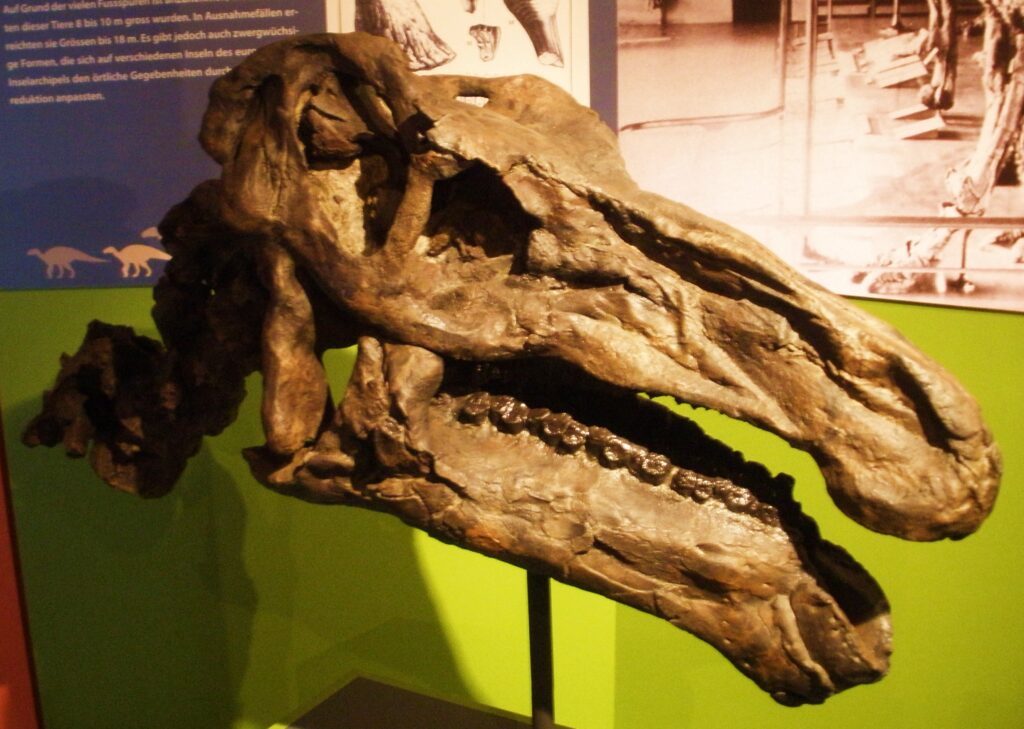
The distinctive eye-to-brain ratio observed in dinosaurs offers profound insights into evolutionary priorities and constraints. Unlike mammals, which evolved increasingly complex brains relative to body size, dinosaurs appear to have invested more heavily in sensory capabilities while maintaining relatively modest neural processing power. This pattern suggests that dinosaurs evolved highly efficient sensory systems that required less complex neural architecture to process input effectively. Some paleontologists propose that this represents an alternative evolutionary pathway to cognitive development, enhancing specific sensory capabilities rather than general intelligence. The avian dinosaurs (birds) eventually broke this pattern, developing both enhanced vision and larger brains relative to body size, particularly in the regions associated with visual processing. This evolutionary transition helps explain why modern birds have both exceptional vision and relatively high intelligence compared to their distant non-avian dinosaur relatives, representing a significant shift in the balance between sensory input and neural processing.
Comparing Dinosaurs to Modern Animals

Comparing dinosaur eye-to-brain proportions with those of modern animals provides valuable context for understanding these prehistoric creatures. Modern birds, as dinosaur descendants, typically have large eyes relative to their skull size but also possess relatively large brains with enhanced visual processing regions—a departure from their non-avian dinosaur ancestors. Reptiles like crocodilians maintain somewhat similar proportions to some dinosaur groups, with relatively large eyes compared to their brain size. Mammals, by contrast, generally have smaller eyes relative to brain volume, reflecting their greater investment in neural processing over raw sensory input. The ostrich, our largest living bird, offers an interesting modern analog—it has eyes measuring about 5 cm in diameter, among the largest of any land vertebrate, yet maintains a relatively larger brain than most dinosaurs had relative to body size. These comparisons highlight the unique sensory adaptations of dinosaurs and how different evolutionary lineages have balanced the trade-offs between sensory input capacity and neural processing power.
The Role of Night Vision in Dinosaur Evolution

The large eyes of many dinosaur species may have played a crucial role in adapting to different light conditions, potentially including nocturnal activity. Paleontologists have found evidence in the sclerotic rings of some dinosaur species suggesting adaptations for low-light vision. Particularly among smaller theropods, the large eye-to-brain ratio might have enabled enhanced light sensitivity, allowing them to hunt during dawn, dusk, or even nighttime hours. This would have opened ecological niches unavailable to strictly diurnal species. Research comparing dinosaur eye structures to those of modern animals suggests that some dinosaurs may have had vision similar to modern nocturnal birds or reptiles. The presence of large eyes with wide pupils would have allowed maximum light capture while requiring relatively little additional brain power for basic visual processing. This adaptive strategy would have been especially valuable during the Mesozoic era when early mammals were predominantly nocturnal, potentially allowing certain dinosaur species to compete in low-light conditions despite their relatively simple brain structures.
Brain Structure and Visual Processing in Dinosaurs

While dinosaur brains were generally small relative to their bodies and eyes, their neural architecture shows fascinating adaptations for visual processing. Endocasts reveal that many dinosaurs had enlarged optic lobes—brain regions dedicated to processing visual information. In predatory theropods, these visual centers could constitute a significant portion of the brain’s total volume, indicating substantial investment in sight-based behaviors despite overall brain size limitations. Comparisons with modern birds suggest that dinosaurs likely possessed specialized neural pathways for motion detection, critical for both predators tracking prey and prey species detecting approaching threats. The brain’s visual processing regions appear to have been efficiently organized, allowing complex visual behaviors without requiring the overall brain enlargement seen in mammals. This neural efficiency may explain how dinosaurs maintained sophisticated visual capabilities despite the apparent constraint of limited total brain volume, representing an alternative evolutionary solution to the challenge of processing rich visual information in a prehistoric world filled with both opportunities and dangers.
Implications for Dinosaur Behavior and Ecology

The distinctive eye-to-brain proportions of dinosaurs have profound implications for understanding their behavior and ecological roles. Large eyes coupled with specialized visual processing regions suggest that visual communication likely played an important role in dinosaur social behavior, particularly among species with elaborate display structures like crests, frills, and colorful feathers. Predatory dinosaurs with enhanced vision could have employed sophisticated hunting strategies despite their relatively simple brains, relying on excellent motion detection and depth perception rather than complex planning. For herbivorous species, the ability to detect predator movement at great distances would have been a crucial survival adaptation that compensated for limited cognitive capabilities. The emphasis on visual systems over general brain development suggests that dinosaurs evolved specialized intelligence focused on specific ecological challenges rather than general problem-solving abilities. This sensory specialization likely influenced everything from feeding strategies to mating displays, territorial behaviors, and predator-prey dynamics, shaping the complex ecosystems of the Mesozoic era in ways we are still working to fully understand.
Methodological Challenges in Studying Prehistoric Sensory Systems
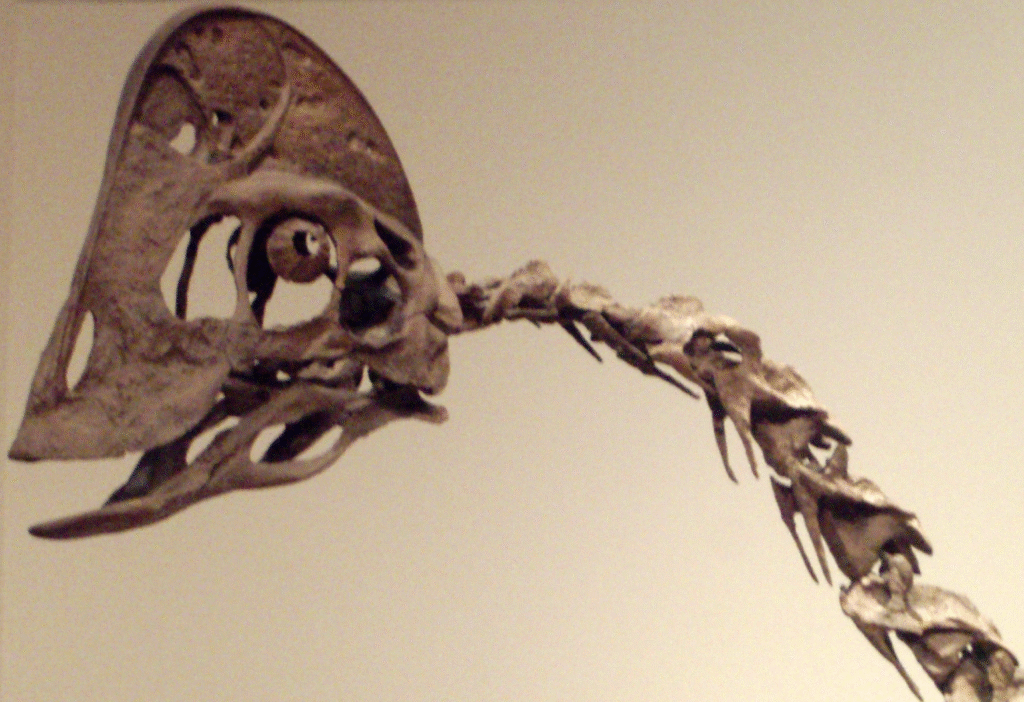
Reconstructing the sensory capabilities of extinct animals presents significant scientific challenges that researchers continue to address through innovative methods. When studying dinosaur eyes and brains, paleontologists face the fundamental problem that soft tissues rarely fossilize, leaving only indirect evidence of these crucial structures. Orbital cavities provide minimum size estimates for eyes, but determining the precise dimensions requires careful analysis of additional anatomical features like sclerotic rings, when preserved. Brain size estimates rely on endocasts that reproduce the internal shape of the braincase, but these don’t capture all neural tissue and can be distorted by preservation issues. Researchers must also consider allometric scaling—how organ size relates to body size across different groups, which adds another layer of complexity. Despite these challenges, integrating evidence from multiple sources, including comparative studies with living relatives, biomechanical modeling, and phylogenetic bracketing, allows scientists to make increasingly confident inferences about dinosaur sensory systems. These methodological advances continue to refine our understanding of how dinosaurs perceived and interacted with their ancient environments.
Future Research Directions
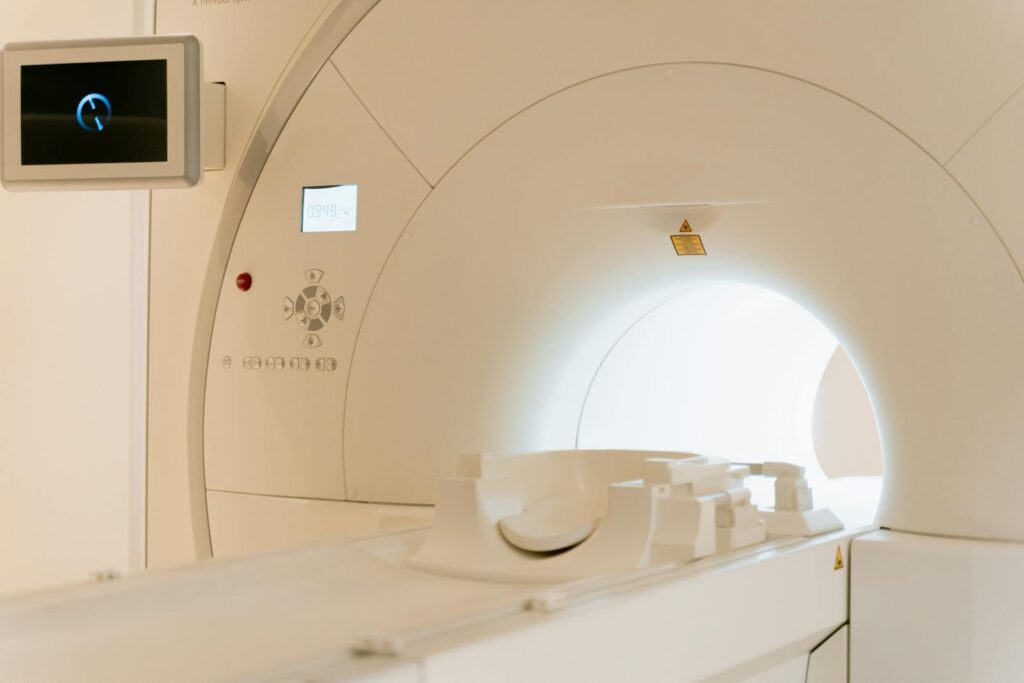
The study of dinosaur sensory systems stands at an exciting frontier, with numerous promising research directions emerging from recent technological and methodological advances. New imaging technologies, particularly high-resolution CT scanning and synchrotron radiation, are enabling researchers to examine fossil skulls with unprecedented detail, revealing subtle features of brain cavities and eye sockets that were previously inaccessible. Improved understanding of the relationship between soft tissues and skeletal structures in modern animals is helping scientists make more accurate reconstructions of dinosaur sensory organs. Computational approaches, including artificial intelligence analysis of large comparative datasets, are beginning to identify patterns in sensory evolution across vertebrate lineages. Integrative studies combining multiple lines of evidence—including biomechanics, comparative anatomy, and ecological modeling—hold particular promise for understanding how visual adaptations influenced dinosaur behavior and evolution. As these research techniques continue to develop, we can expect significant refinements in our understanding of dinosaur sensory capabilities, potentially challenging current assumptions about these ancient creatures’ perceptual worlds and cognitive abilities.
Conclusion: What Dinosaur Eyes Tell Us About Prehistoric Life

The remarkable disproportion between dinosaur eyeballs and brains reveals a fascinating evolutionary strategy that shaped life during the Mesozoic era. Rather than developing large, complex brains like later mammals, dinosaurs invested heavily in sensory hardware—particularly vision—while maintaining relatively modest neural processing power. This sensory-focused adaptation proved remarkably successful, allowing dinosaurs to dominate terrestrial ecosystems for over 165 million years through specialized sensory efficiency rather than general intelligence. The emphasis on visual systems helps explain many aspects of dinosaur anatomy and behavior, from the elaborate display structures of many species to the hunting strategies of predators and the vigilant defenses of prey animals. As research techniques continue to advance, our understanding of dinosaur sensory capabilities grows increasingly sophisticated, revealing these ancient creatures not as simple-minded behemoths but as highly adapted animals with specialized sensory adaptations perfectly suited to their prehistoric world. Their unique balance of sensory investment versus neural processing represents an alternative evolutionary pathway to success, s—one that reminds us that intelligence can take many forms beyond the mammalian model that eventually produced human consciousness.


